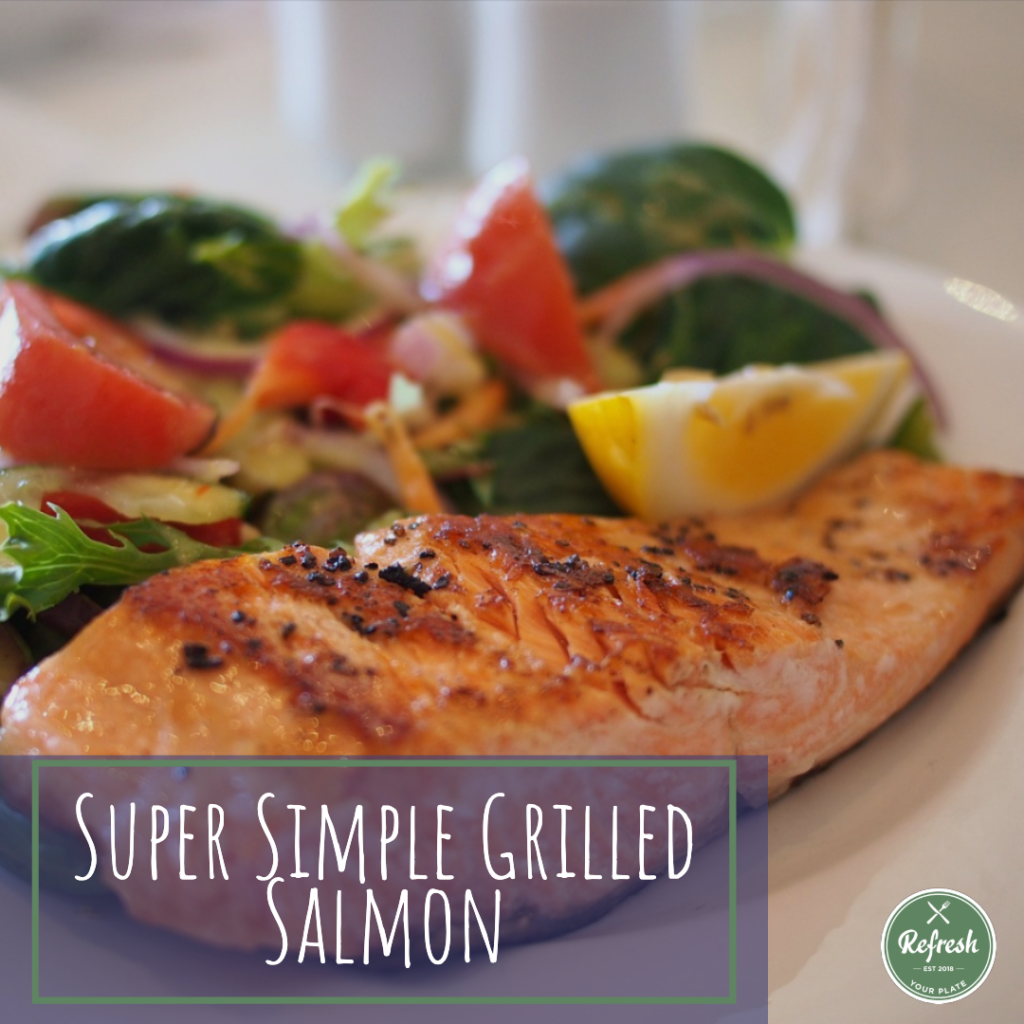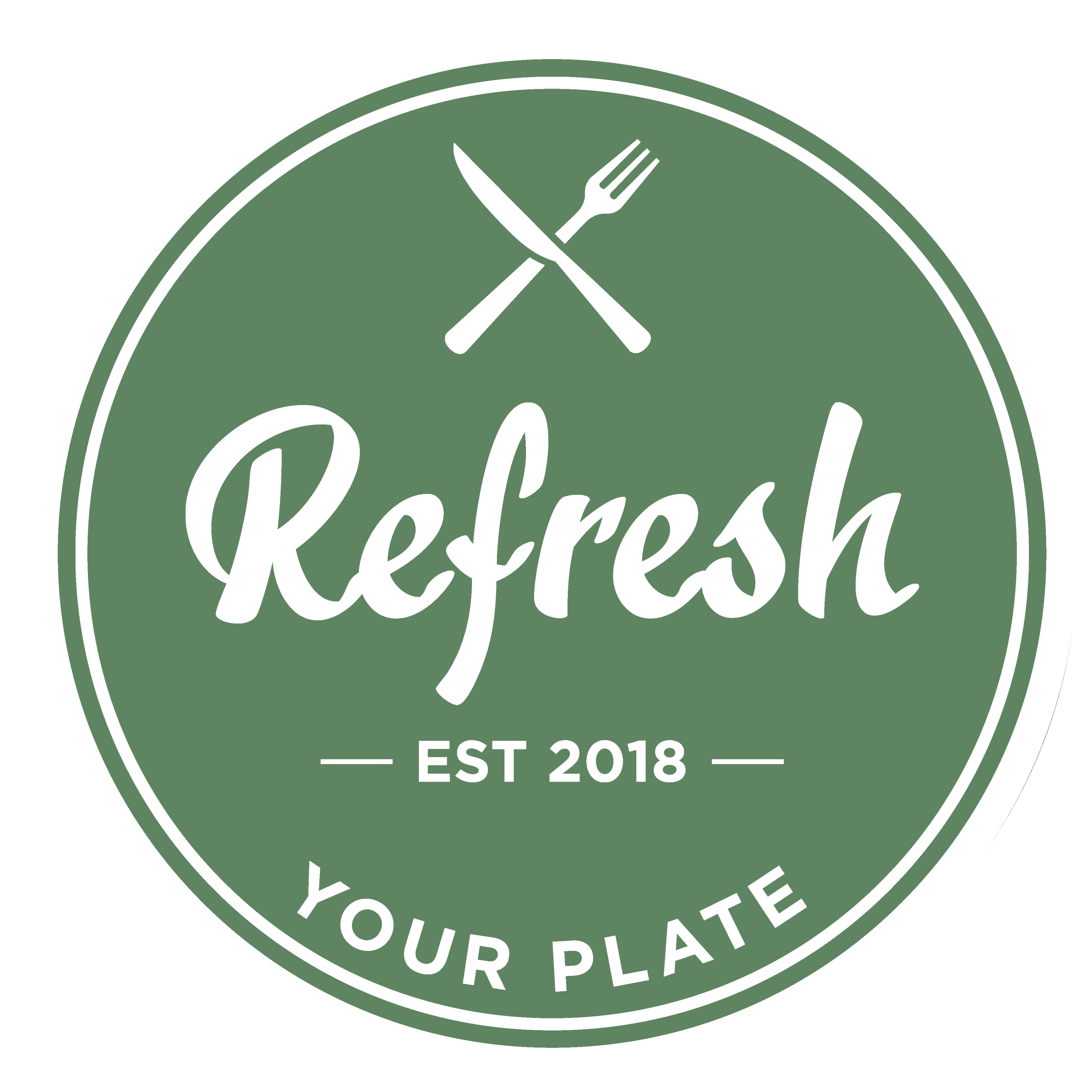When we think of “vitamins,” we know they’re super-important for health. Vitamin D is unique. It’s tough to get enough.
Let’s talk about how much of this critical fat-soluble vitamin we need, and how you can get enough. The three ways to vitamin D are exposure to the sun, consuming vitamin D containing food, and through supplements.
Why is vitamin D important, and how much do we need?
Not getting enough vitamin D can lead to bone diseases like osteomalacia. Inadequate vitamin D can also increase your risk of heart disease, autoimmune diseases, certain cancers, and even death. The “official” minimum amount of vitamin D to strive for each day is merely 400-600 IU. Many experts think that this is not nearly enough for optimal health.
Vitamin D helps us absorb calcium from our food and acts like a hormone to help us build strong bones. Vitamin D can also help with immune function, cellular growth, and help to prevent mood imbalances such as depression and seasonal affective disorder.
To ensure you get adequate amounts of vitamin D, you can implement any combination of the three vitamin D sources mentioned above (food, sun and supplementation) on a weekly basis.
How can I get enough vitamin D from the sun?
Your skin makes vitamin D when it’s exposed to the sun; that’s why it’s referred to as the “sunshine vitamin.”How much vitamin D your skin makes depends on many things. Location, season, clouds, clothing, all affect the amount of vitamin D your skin can produce from the sun. One standard recommendation is to get about 5–30 minutes of sun exposure between 10:00 a.m. – 3:00 p.m. to the face, arms, legs, or back. This should be done without sunscreen, at least twice a week. Of course, we should always avoid sunburns and of course in some locations (and seasons of the year) it’s not easy to get sun exposure. So, how can we get enough vitamin D in other ways?
How can I get enough vitamin D from food?
Vitamin D is naturally found in fatty fish, liver, and egg yolks. Some mushrooms make vitamin D when they’re exposed to the sun.
Some foods are “fortified” (which means vitamin D has been added) with vitamin D. These include milk, some orange juices, breakfast cereals, and yogurt. It will say on the label how much vitamin D has been added per serving.
Because vitamin D is fat-soluble, you can increase absorption of it from your food if you eat it with some fat (healthy fat, of course). Between sun exposure and food, it still may be difficult to get even the minimum of 400 IU of vitamin D each day; this is why vitamin D supplements are quite popular.
How can I get enough vitamin D from supplements?
Before you take vitamin D containing supplements, make sure you check that it won’t interact with other supplements or medications you may be taking.
We recommend using a reputable company that can help you with this and many more vitamin interactions. We use IDLife supplements. If you would like to check this out and take the free assessment to help determine your individual needs, go to: www.refreshyourplate.idlife.com.
Do not take more than the suggested dosage on the label of any vitamin D supplement, except under medical care.
The maximum amount recommended (for the general population) is 4,000 IU/day. Too much vitamin D can raise your blood levels of calcium (to an unsafe level), and this can affect your heart and kidneys.
Vitamin D is an essential fat-soluble vitamin which; many people have a hard time maintaining adequate levels of vitamin D. There are three ways to get enough vitamin D: sun exposure, through certain foods, and in supplements.
Check out this delicious and super simple Grilled Salmon Recipe below!

Super Simple Grilled Salmon
4 wild salmon fillets
1 bunch asparagus
1/4 tsp sea salt
1/4 black pepper
1/4 tsp dried parsley
1/4 tsp. dried dill
4 tbsp olive oil
Preheat the oven broiler and raise the oven rack. Place parchment paper on a baking sheet and place fish on top, skin-side down. Surround with a single layer of asparagus.
Sprinkle the fish and asparagus with sea salt, pepper, parsley, and dill. Drizzle with olive oil.
Broil for 8-10 minutes until fish flakes easily with a fork.
Serve & enjoy!
Tip: Serve with a side of rice or quinoa.
References:
http://www.hc-sc.gc.ca/fn-an/nutrition/reference/table/ref_vitam_tbl-eng.php


Recent Comments